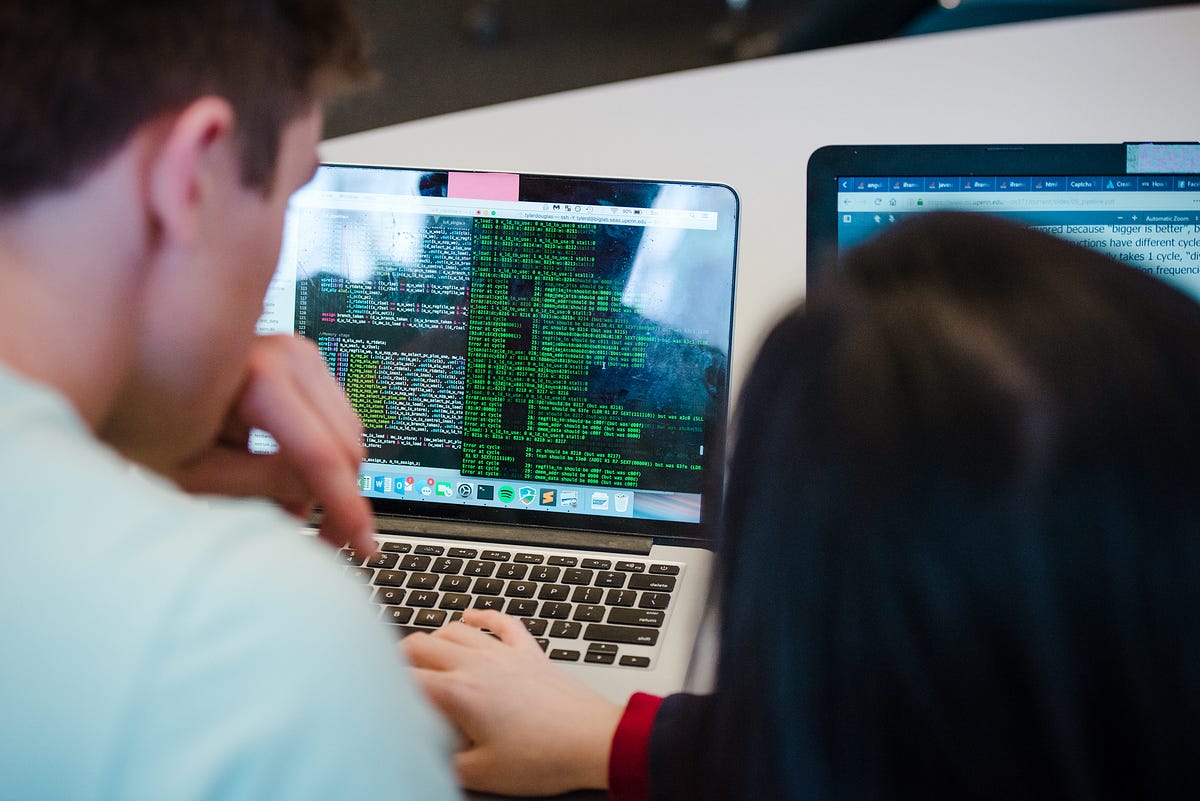
Students Compete in Healthcare Innovation at Rothberg Catalyzer
By Lida Tunesi
In late March, over a hundred students gathered in the Towne Building to take part in a 36-hour blitz of innovation at the Rothberg Catalyzer Makerthon, powered by the Penn Center for Health, Devices and Technology (Penn Health-Tech). Undergraduate and graduate students from Penn Engineering, Arts & Sciences, Medicine, Dental Medicine and Nursing, as well as The Wharton School, formed multidisciplinary teams to compete in creating prototypes of hardware solutions to address unsolved healthcare challenges.
The Grand Prize went to BCI Epilepsy, who created a virtual reality system to aid in testing for epilepsy in children. In second place was HealthSense, who built a device that can tell when a patient’s oxygen tank is getting low. Simplescope, a device that images skin growths in order to help with at-home diagnoses of cancer, took third. The teams won $10,000, $2,000, and $500, respectively.
The judges also selected a fourth team, Odontoblasts, for a special award recognizing their willingness to “pivot” their ideas to better fit patients’ wants and needs. The team originally planned to design a toothbrush that could help detect bacteria, but in the end developed a retractable device for capping a needle after an injection, to protect the person administering it.
“The idea was to encourage students to really think about the patient they are inventing for while developing their prototypes,” said Vanessa Chan, Professor of Practice, Innovation, and Entrepreneurship in the department of Materials Science and Engineering. “It is so important to consider not just the functional needs of the patient, which is often where technology anchors, but to create a solution that also looks at their social and emotional needs.”
Chan, who sits on the Executive Committee of Penn Health-Tech, designed and organized the event along with Victoria Berenholz, Penn Health-Tech’s Executive Director.
“At Penn Health-Tech, we’re all about enabling med-tech innovation on campus, and creating a culture of cross-disciplinary teamwork, which is just what this event did,” says Berenholz. “I am excited to see what the participating teams will do next with their projects.”
Teams applied for the Makerthon in February. They then had several weeks to develop their ideas and seek guidance in office hours and design studio workshops organized by Penn Health-Tech. The first studio, led by visiting lecturer Natalie Nixon, helped students get into the mindset of patients and think through a clinical problem. Mark Yim, professor in Mechanical Engineering and Applied Mechanics and director of Integrated Product Design, led the second studio, focusing on how to rapidly prototype hardware in a short amount of time.
In the final weekend, teams brought their designs to fruition. On Saturday afternoon, members of the public gave feedback on each project, which the teams incorporated as they iterated their prototypes overnight. The next morning, the teams presented their projects to a team of 16 judges from the healthcare space, ranging from entrepreneurs to investors.
All Makerthon participants are invited to present posters at the Penn Health-Tech Spring Symposium, to be held on April 24.
The event was made possible by a three-year donation by scientist and entrepreneur Jonathan Rothberg, with the intent of inspiring the next generation of healthcare innovators. The organizers look forward to developing and expanding the next catalyzer.
“I’d love to explore new health challenges, and to further develop our design studios to give the student teams more opportunities to interact with and learn from clinicians and patients,” says Berenholz.
